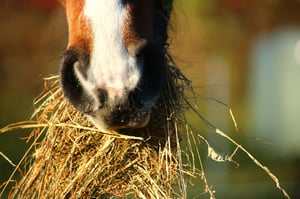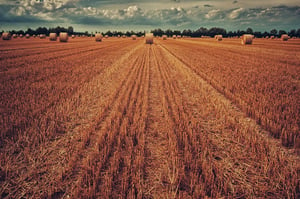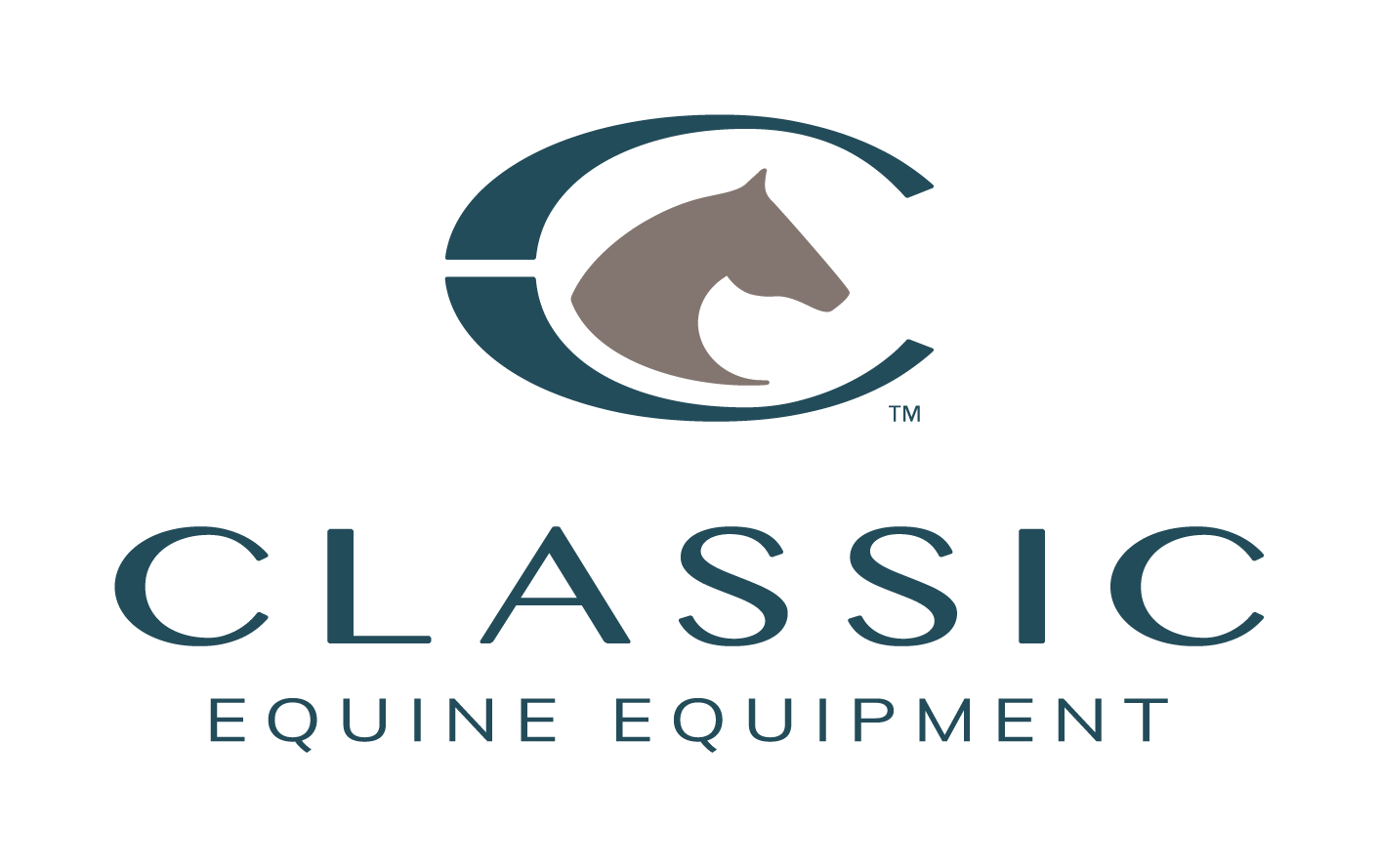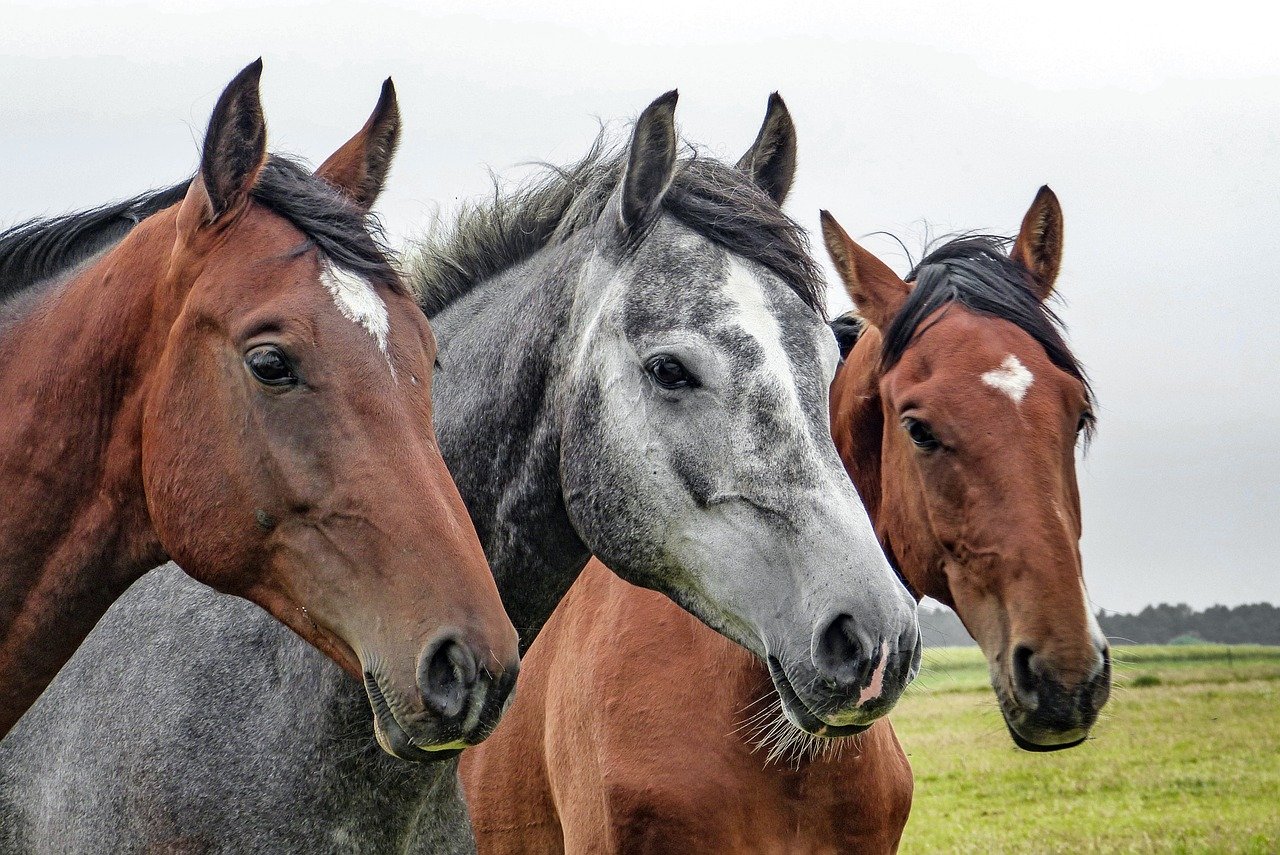A. Some horses are very food-oriented, to the point of becoming disruptive while waiting for their next meal. One way to solve this problem is to always have food available for the horse and the easiest way to do that is to leave a hay net hanging in their stalls. You see this at most racetracks to keep Thoroughbreds calm and busy between running. Hay nets come with different size holes – choosing one with smaller holes will not only make your horse work harder to get the hay but also keep him busier for a longer period of time.
Some barns only feed once or twice a day. If this is your barn, you may want to ask for a lunchtime feeding for your horse. You’ll have to pay for the extra hay, but it may be worth it to keep him busy.
If this is your barn, you may want to ask for a lunchtime feeding for your horse. You’ll have to pay for the extra hay, but it may be worth it to keep him busy.
Horses get most of their nutrients from forage and that forage is typically hay, usually alfalfa or grass. Different types of hay provide different nutritional benefits. Based on your horse’s age, general condition, teeth condition, and general work load you will need to determine which hay is best for your horse.
However, recently horse owners are considering “rice straw” as an alternative to high hay prices or to keep horses busy. First, let’s differentiate between hay and straw. Both start out the same – the difference comes at harvesting. When the plants are left intact and bundled up, it's hay and is used for animal feed. But when the seed heads are removed, the plant stalk that's left behind is straw, a hollow tube that has many uses, including animal bedding on farms and mulch in gardens.
 So, there IS a difference between rice hay and rice straw. Most articles suggest that rice hay can be used as an alternative. However, research shows that the rice hays are poorly digested in terms of fiber. Feeding low quality coarse hay can potentially contribute to impaction-type colic in horses. Finally, rice hay has very little nutritional value. Further research showed that any mention of rice straw seems limited to feeding cattle or used as stall bedding. As always, discuss any feeding changes with your veterinarian and always introduce new feeds slowly.
So, there IS a difference between rice hay and rice straw. Most articles suggest that rice hay can be used as an alternative. However, research shows that the rice hays are poorly digested in terms of fiber. Feeding low quality coarse hay can potentially contribute to impaction-type colic in horses. Finally, rice hay has very little nutritional value. Further research showed that any mention of rice straw seems limited to feeding cattle or used as stall bedding. As always, discuss any feeding changes with your veterinarian and always introduce new feeds slowly.




